The adage “You are what you eat” is not only true when it comes to overall health and nutrition, but in some cases, it’s also literally true, as skin can actually change color.
An 84-year-old man in Hong Kong was admitted to the hospital with an enlarged prostate. However, what surprised doctors was that his skin and the whites of his eyes had turned a silvery gray.
After a thorough examination, doctors determined the cause was silver deposits in his tissues, giving his skin a rare color, usually only seen in science fiction movies.
This case is not an isolated one. In 2007, American Paul Karason attracted attention when his entire body turned blue after years of drinking homemade silver chloride solution to treat sinusitis and skin diseases. He was called “the blue man” by the media.

Mr. Karason used to have fair skin before his face turned blue (Photo: NBC NewsWire).
Although rare, it is known that certain foods can cause changes in human skin color. Here are three typical fruit groups that can affect skin tone:
Carotenoid-rich fruit group
Carrots, papaya, mango, tomatoes and watermelon are not only attractive for their vibrant colors but are also rich sources of carotenoids.
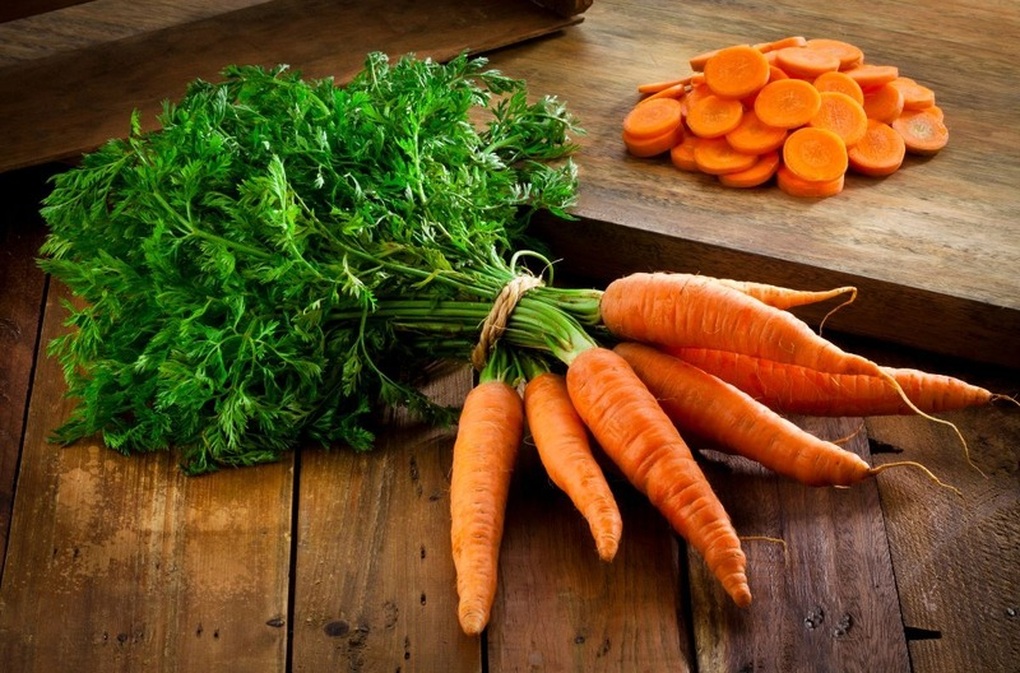
Carrots, mangoes, and tomatoes contain carotenoids that help brighten skin, even out skin tone, and make it naturally healthy (Photo: Getty).
Once absorbed through the digestive system, compounds such as beta-carotene, lycopene and lutein dissolve in fat, enter the bloodstream and gradually accumulate in the dermis.
Here, they create a light orange-yellow “base” layer under the skin, making the skin look brighter, more even-toned and healthier without the need for sunlight or cosmetics.
Unlike the tanning effect caused by UV rays, which is the result of DNA damage and stimulates the production of melanin as a defense, the skin tone caused by carotenoids is a safe physiological response. It does not cause cell damage and even protects the skin from oxidative stress thanks to its powerful free radical fighting properties.
A study by the University of St Andrews (UK), published in the journal Evolution and Human Behavior in 2011, followed a group of volunteers for 6 weeks. The participants were asked to increase their intake of fruits and vegetables rich in carotenoids.
Spectrophotometer measurements showed that their skin became noticeably brighter and fresher. Remarkably, when comparing before and after images, an independent group of viewers rated the faces with the light golden glow from the carotenoids as “more healthy and attractive” than the normally tanned skin.
Anthocyanin-rich berries
Blueberries, mulberries, raspberries, black cherries... not only stand out for their rich colors but are also rich in anthocyanins - a group of natural flavonoid pigments.
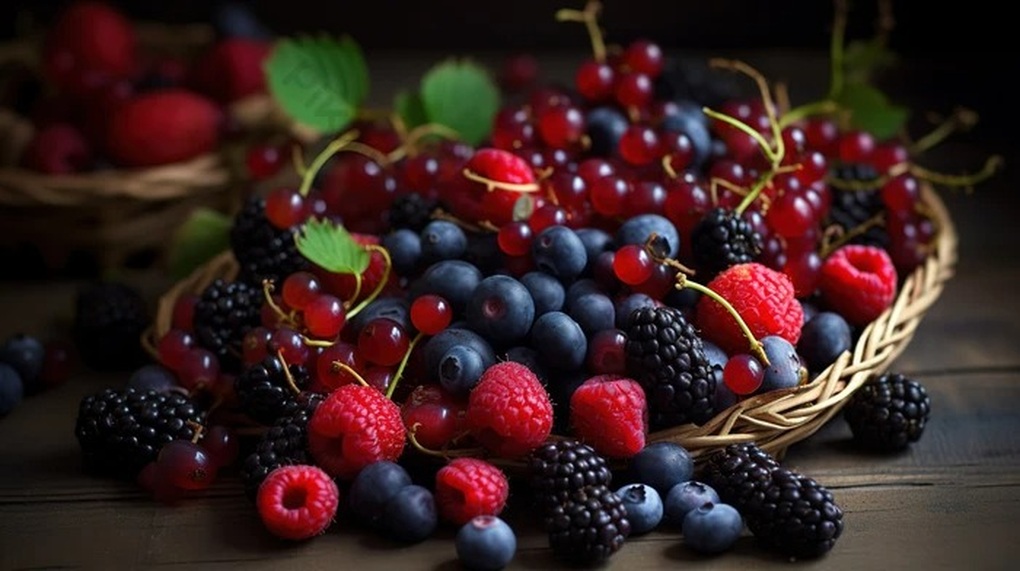
Berries like blueberries and mulberries contain anthocyanins that help protect collagen, slow aging, and keep skin even-toned (Photo: Getty).
Not directly involved in changing skin color, but anthocyanin acts as a “biological shield” to help protect the skin from aging agents and pigmentation disorders.
Anthocyanins work by neutralizing free radicals—unstable molecules that form when skin is exposed to sunlight, pollution, or stress. These free radicals destroy collagen, stimulate uneven melanin production, and impair skin cell function.
When there is enough anthocyanin in the diet, oxidation is inhibited, thereby slowing down the appearance of dullness, dark spots and other signs of premature aging.
Research published in the Journal of Agricultural and Food Chemistry has demonstrated that anthocyanins extracted from blueberries and raspberries have exceptionally high antioxidant capacity, even comparable to vitamins C and E.
Test-tube studies have also shown that anthocyanins help stabilize collagen structure, protect cell membranes from UV damage, and reduce chronic inflammation.
In addition, these compounds also regulate the enzyme tyrosinase - the enzyme responsible for melanin production, thereby helping to even out skin tone and limit the formation of brown spots and melasma.
Photosensitive fruit group
Lemons, oranges, pineapples, and mangoes are among the fruits that contain photosensitizing compounds such as furocoumarins and psoralens. When consumed in high doses or immediately before sun exposure, these substances can make the skin more sensitive to ultraviolet light, leading to tanning, sunburn, or even photodermatitis.
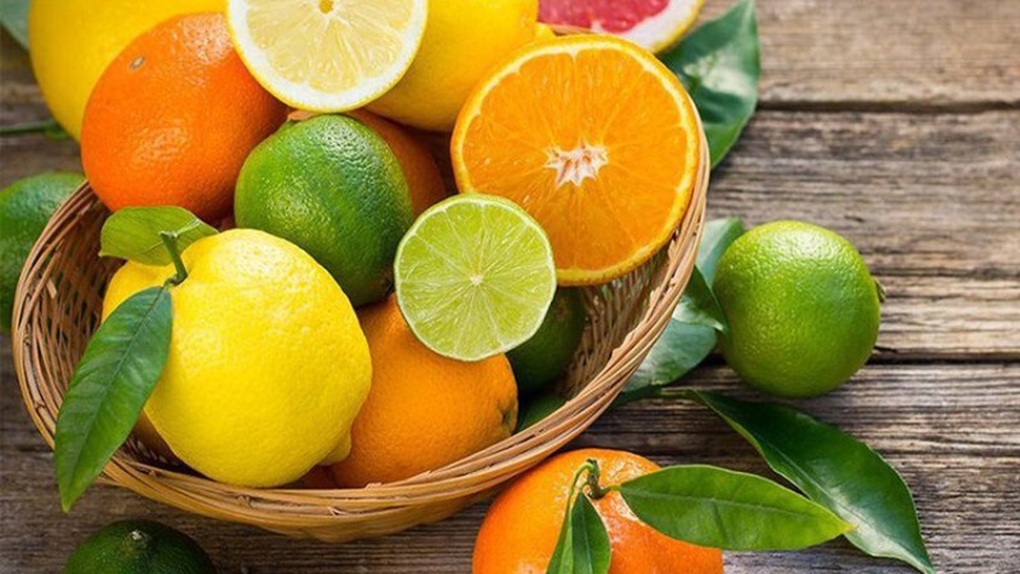
Oranges, lemons, and pineapples contain photosensitive compounds that can make skin sensitive to sunlight and easily tan if used before going outdoors (Photo: Getty).
Although this group of fruits is rich in vitamin C and antioxidants, consumers need to pay attention to the time of use. It is best to eat them in the evening or when there is no plan to go out in the sun immediately afterwards, to limit the risk of irritation and skin damage due to UV rays.
Skin color is not only determined by genes but also influenced by diet and lifestyle. Some fruits, if consumed at the wrong time, can easily darken the skin, while many others help the skin become brighter, healthier, and more even-toned day by day.
Understanding the nature of each food, combined with a healthy lifestyle and protecting your skin from the sun, is the key to helping you achieve healthy skin from the inside out.
Source: https://dantri.com.vn/suc-khoe/lan-da-co-the-doi-mau-tung-ngay-theo-loai-thuc-pham-co-the-hap-thu-20251003085857865.htm




![[Photo] Prime Minister Pham Minh Chinh chairs the Government's online conference with localities](https://vphoto.vietnam.vn/thumb/1200x675/vietnam/resource/IMAGE/2025/10/5/264793cfb4404c63a701d235ff43e1bd)

![[Photo] Prime Minister Pham Minh Chinh launched a peak emulation campaign to achieve achievements in celebration of the 14th National Party Congress](https://vphoto.vietnam.vn/thumb/1200x675/vietnam/resource/IMAGE/2025/10/5/8869ec5cdbc740f58fbf2ae73f065076)

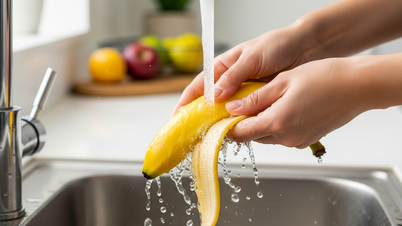


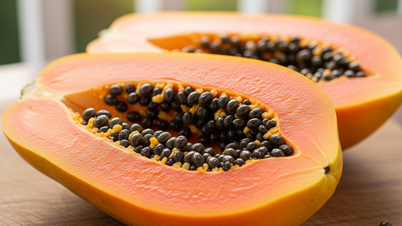




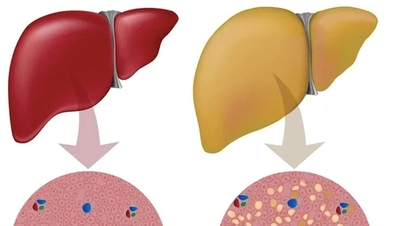


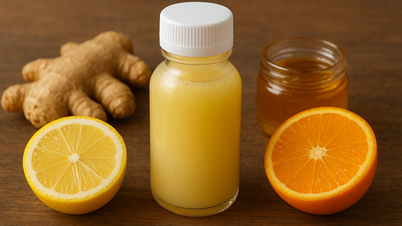
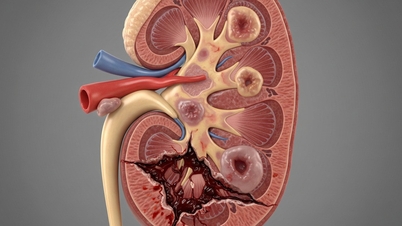



































![[VIDEO] Summary of Petrovietnam's 50th Anniversary Ceremony](https://vphoto.vietnam.vn/thumb/402x226/vietnam/resource/IMAGE/2025/10/4/abe133bdb8114793a16d4fe3e5bd0f12)

![[VIDEO] GENERAL SECRETARY TO LAM AWARDS PETROVIETNAM 8 GOLDEN WORDS: "PIONEER - EXCELLENT - SUSTAINABLE - GLOBAL"](https://vphoto.vietnam.vn/thumb/402x226/vietnam/resource/IMAGE/2025/7/23/c2fdb48863e846cfa9fb8e6ea9cf44e7)



































Comment (0)